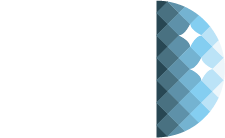Our solutions and technologies
Explore the software and scientific methodologies we've designed to study lighting sources and light pollution.
Measuring sky brightness from the ground
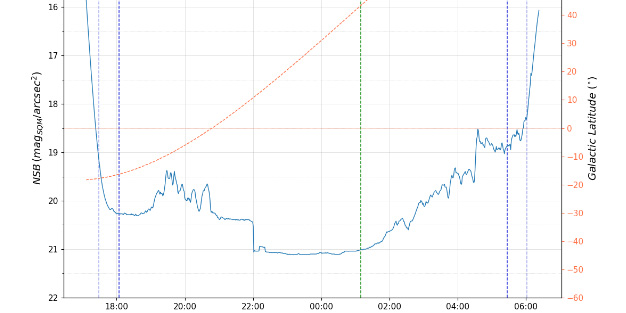
With Ninox, you can automatically and continuously measure the quality of the night sky, wherever you want, and for as long as you need. Our analysis platform allows you to study variations over the course of each night and measure the impact of var-ious factors.
Find out more
Analyze satellite or aerial night images
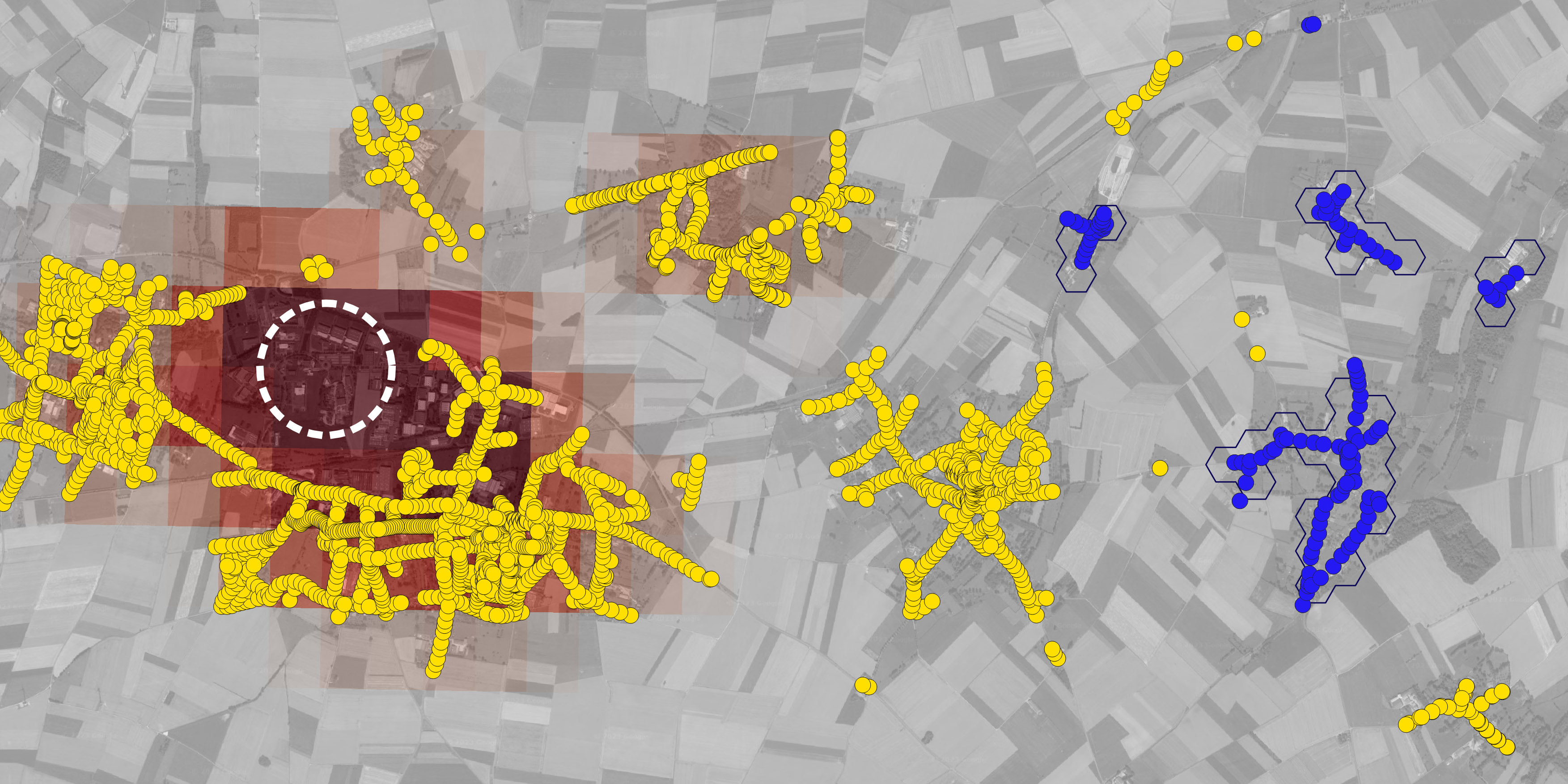
Thanks to the data we have been collecting since 2014 (low resolution) or that we acquire on request (very high resolution), we can locate light sources, assess their impact and detect specific phenomena: lighting shutdowns, lighting practices specif-ic to a particular sector of activity, and so on.
Find out more
Studying light point data
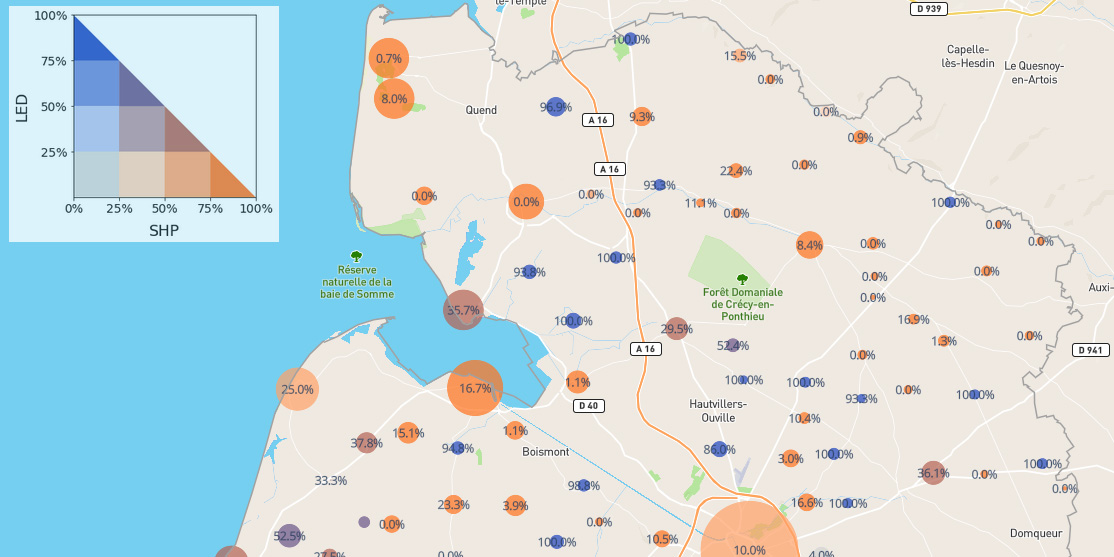
Based on known or locally collected technical characteristics (lamp type, power, col-or temperature, etc.), the StatEp software creates statistical and cartographic indica-tors that allow the diagnosis and development of lighting installations and practices.
Find out more
Modeling the quality of the night sky
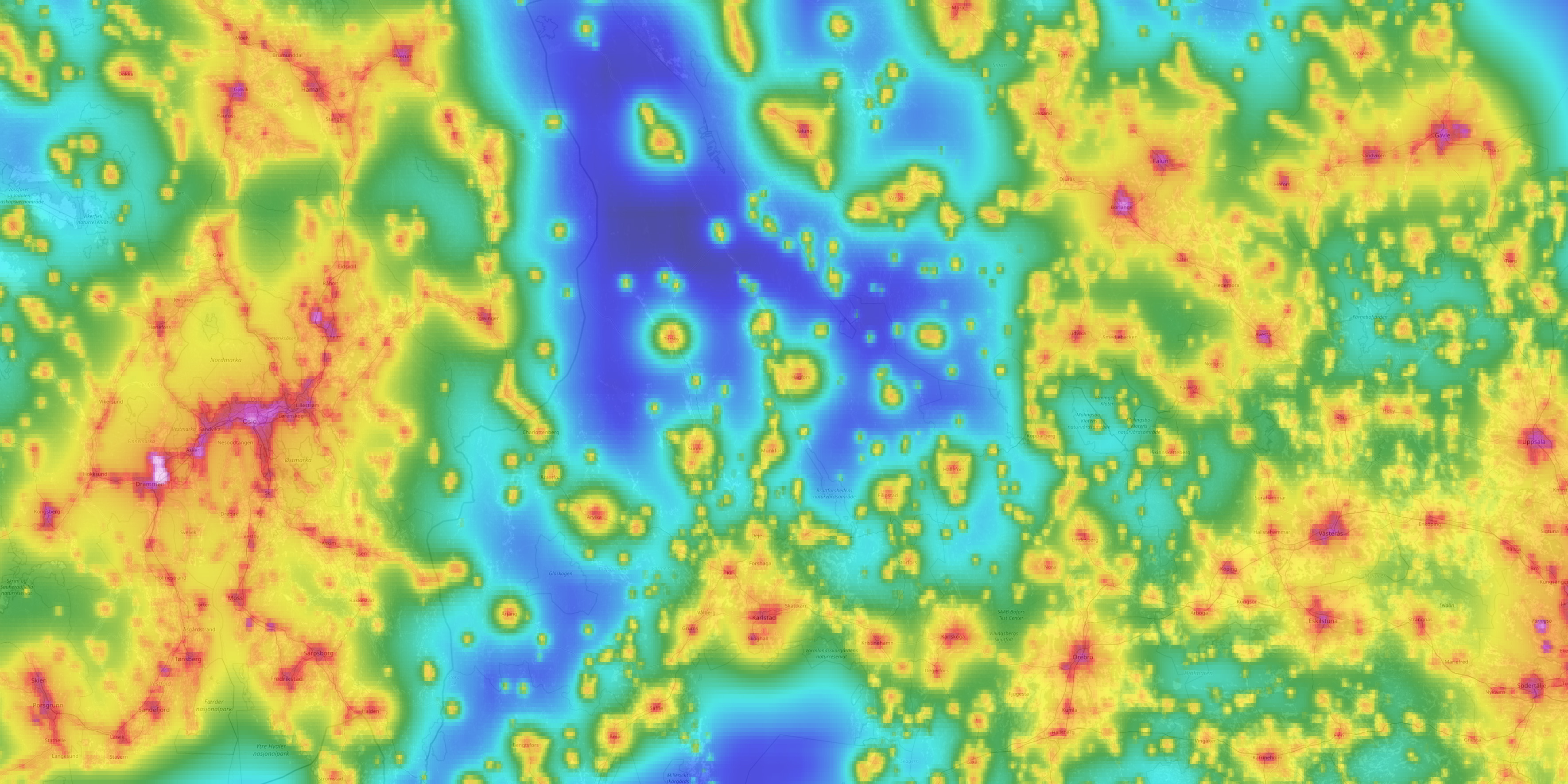
Using the software Otus, we map diffuse light pollution (sky brightness levels) in your area, and compare the results in a variety of situations: with or without lighting shut-downs (middle of the night/ends of the night), at different seasons, with or without clouds, etc.
Find out more
Simulate the direct visibility of lighting sources
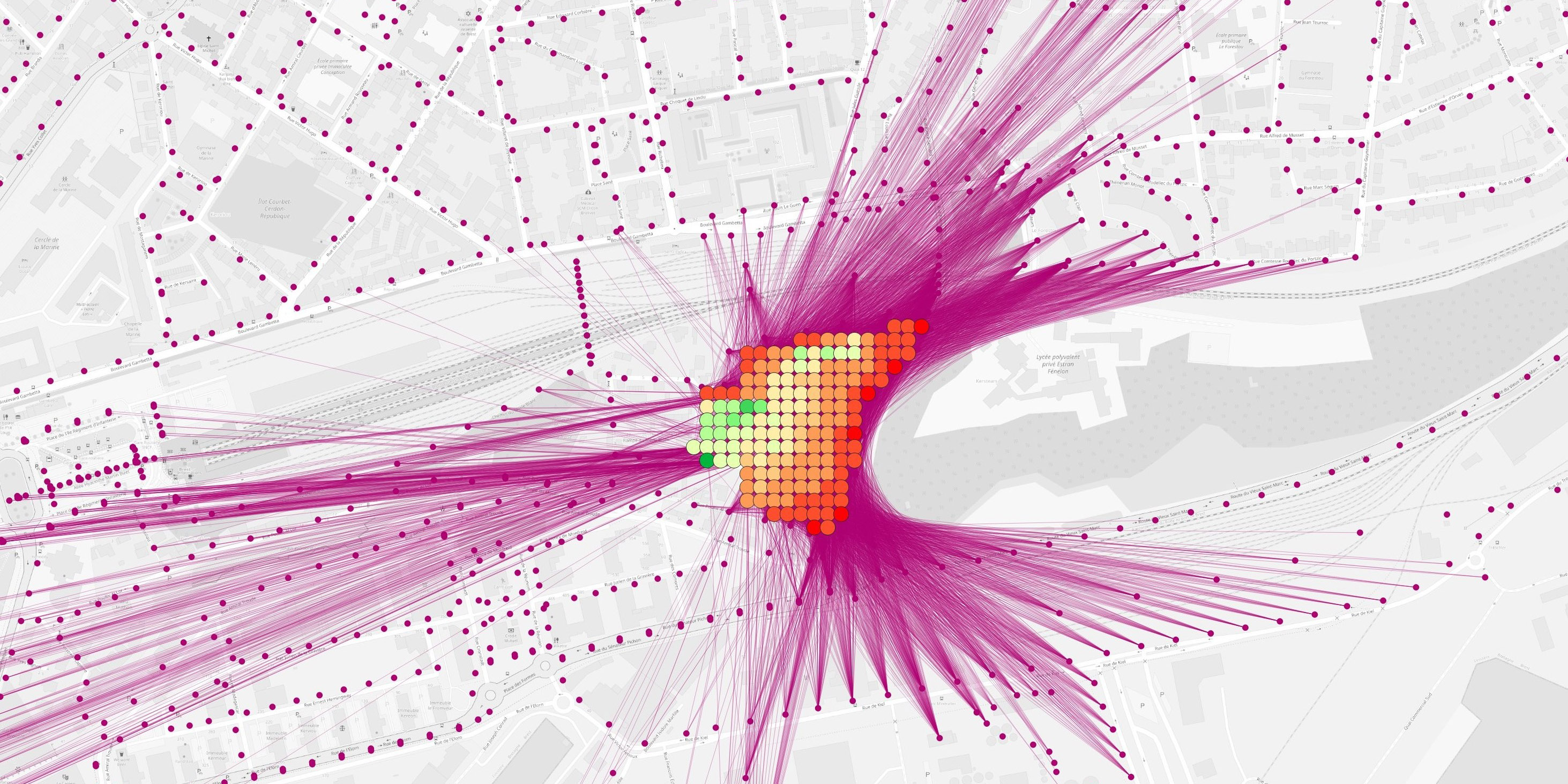
The software Strix maps direct light pollution (level of exposure to luminous flux from lighting), based on the technical characteristics of light points and the topographical features of the area studied (relief, buildings, vegetation, etc.).
Find out more
Our solutions in action
Would you like to see concrete examples of our applications?
We put our tools and methods to work on a large number of projects every year.
